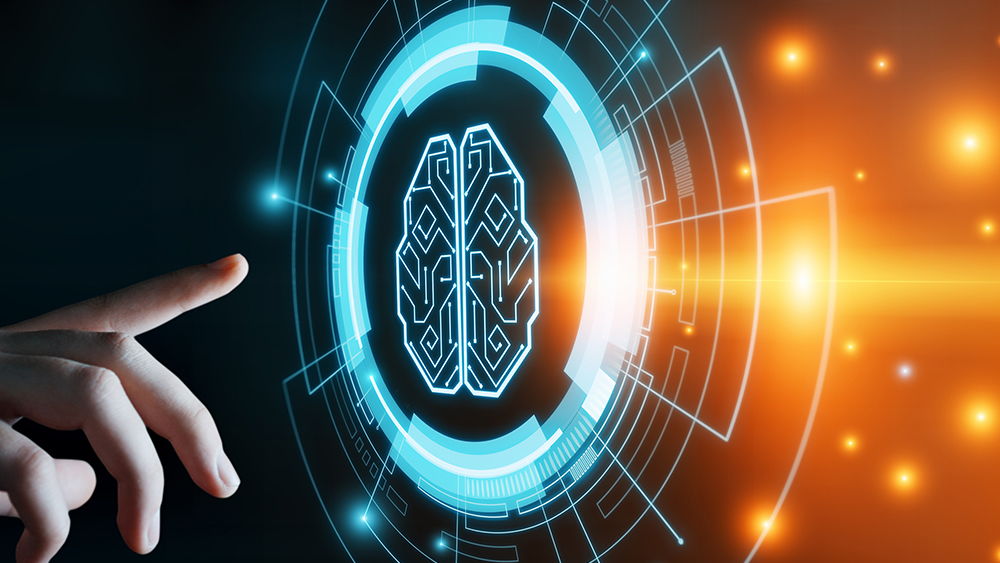Creepy supercomputers run by lab-grown human BRAINS unveiled by WEF-funded scientists
07/08/2024 / By Cassie B.

If you thought some aspects of AI’s capabilities were creepy, brace yourself for FinalSpark’s new “Neuroplatform” that is run by lab-grown human brains.
The Swiss tech startup is selling access to biocomputers that use a series of small lab-grown human brains for power, which means they only need “a fraction of the energy required to power a traditional computer.”
Not surprisingly, the scientists’ work is being funded by the globalists at the World Economic Forum.
The new bioprocessing Neuroplatform is powered by these tiny brains, with as many as 16 of them working together to power it. It has already been adopted by nine institutions and is being lauded for its ability to save energy. The company boasts that 16 of these lab-created brains use a million times less power than the traditional silicon chips that power such systems.
Neuroplatform combines hardware, software and biology, and it is considered “wetware” because it involves a biological component. It relies on a setup of Multi-Electrode Arrays (MEAs) that are used to house the 3D masses of brain tissue, with each MEA holding four lab-grown brains interfaced with eight electrodes that both stimulate them and record their data processing.
Enslaved little brains subjected to punishment before being worked to death
However, the fact that these little human brains have been essentially enslaved to run the platform is being largely glossed over. It can be a difficult concept to grasp because it’s so far outside the realm of traditional computing, but the fact remains that thousands of living neurons make up these brains and are being kept alive using a “microfluidics system that supplies water and nutrients for the cells.”
They are calling these brain cells “organoids,” and they are trained to perform the desired tasks with a reward and punishment system. When they act as expected, they are given dopamine as a reward, which is the human neurotransmitter behind pleasure and addiction, while the organoids are exposed to more chaotic stimuli, like irregular electrical activity, when those training them want to punish them – essentially torturing these little brains into obedience.
FinalSpark wants their scary technology to serve as the main energy source for AI given the huge energy inputs required to train and run the technology.
Interesting Engineering notes: “According to Final Spark’s estimates, training the popular large language model GPT-3 that powered ChatGPT in its initial days alone consumed 10 GWh of energy. This is a whopping 6,000 times more energy than an average European city consumes in an entire year. Replacing silicon chips with bioprocessors could lead to drastic energy savings.”
Another complication here is the fact these mini brains are constantly dying and need to be replaced. The scientists have been improving their lifespans; while they used to die within hours, they can now survive for 100 days before being essentially worked to death.
Although the platform’s creators maintain that the mini brains are not sentient, this type of endeavor is worrying on so many different levels, and it’s easy to see where all this could be headed.
In fact, FinalSpark openly shares their unsettling vision for overtaking nature on their website, declaring: “We’re growing neurons in cell cultures and making great progress in their use as computing power. Creating large networks is challenging and yet, our bio lab is actively working towards replicating and surpassing nature’s success with limitless potential for enhancing life on earth. The possibilities are very exciting.”
Of course, it’s hard to imagine who could be more excited about these “possibilities” than the World Economic Forum.
Sources for this article include:
Submit a correction >>
Tagged Under:
AI, Brain, brains, computer processing, evil, future tech, Glitch, globalism, information technology, lab-grown brain, neuroplatform, silicon chips, supercomputers, Twisted, wetware
This article may contain statements that reflect the opinion of the author
RECENT NEWS & ARTICLES
COPYRIGHT © 2017 INVENTIONS NEWS




















